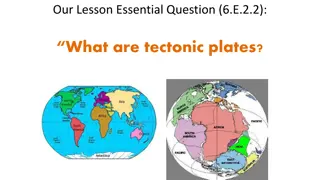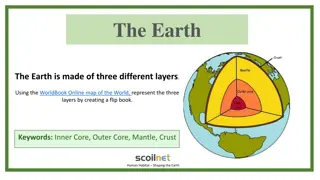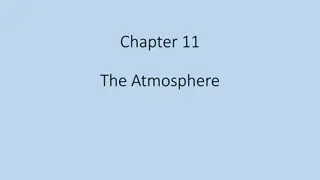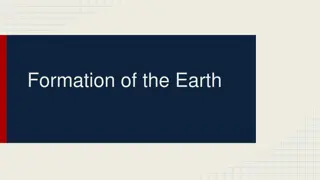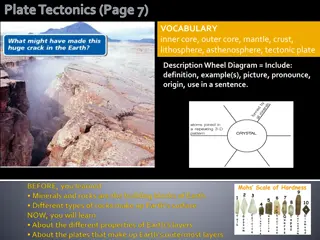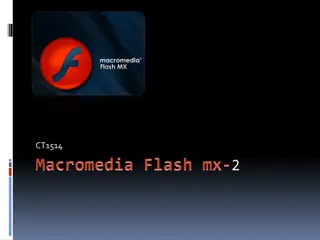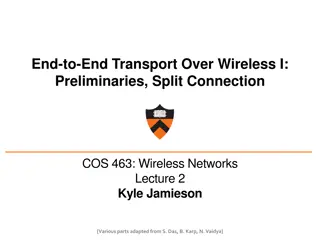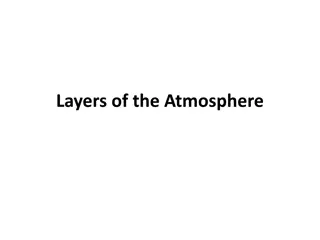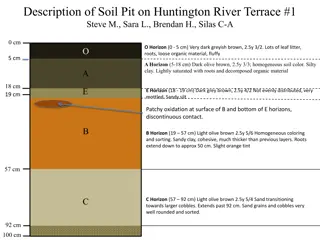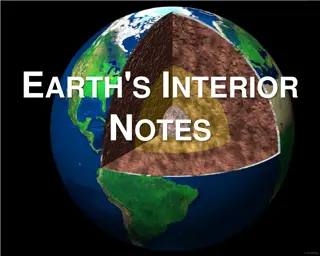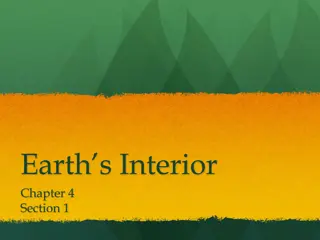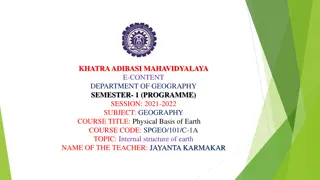Journey to the Earth's Layers
The Earth's structure consists of four main layers: the crust, mantle, outer core, and inner core. The crust is the thin, rocky layer we see on the surface, while the mantle is a solid layer that flows like a viscous liquid. The outer core is a hot, melted layer of iron and nickel, and the inner core is a solid ball of iron and nickel at the Earth's center. Volcanoes and earthquakes are natural phenomena caused by movements within these layers.
Download Presentation

Please find below an Image/Link to download the presentation.
The content on the website is provided AS IS for your information and personal use only. It may not be sold, licensed, or shared on other websites without obtaining consent from the author. Download presentation by click this link. If you encounter any issues during the download, it is possible that the publisher has removed the file from their server.
E N D
Presentation Transcript
Crust This is the thin, rocky layer we think of as Earth s surface. Its thickness changes from about 50 miles to 3 miles.
Mantle This layer is rock hard, but it actually flows around the outer core, moving about as fast as your fingernails grow. http://www.youtube.com/watch?v=uMcNCbR7B40 1:08-2:12
Outer Core This layer is also made up of mostly iron and nickel, but here the metals are melted into very hot liquid. This hot liquid forms a layer that moves around the inner core.
Inner Core The center of the Earth is about 6,000 miles below the Earth s surface. It is a solid ball made of mostly 2 materials: Iron and Nickel. If we had a gallon jug of the earths core material, it would weigh more than 100 pounds!
Volcanoes and Earthquakes Gyser/ Volcano http://www.youtube.com/watch?v=uMcNCbR7B40 3:15- 3:50 Earthquake: when the surface of the earth that is floating on the mantle shifts from heat build up.







